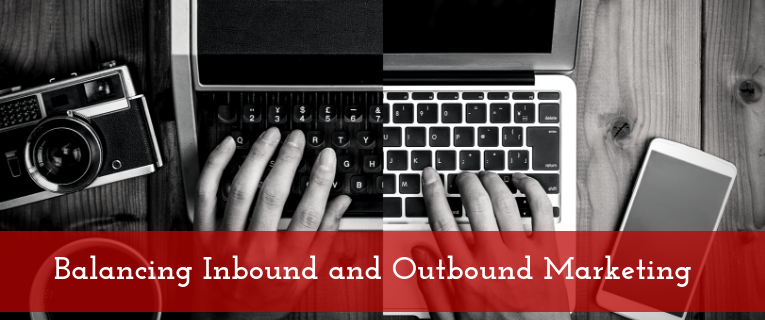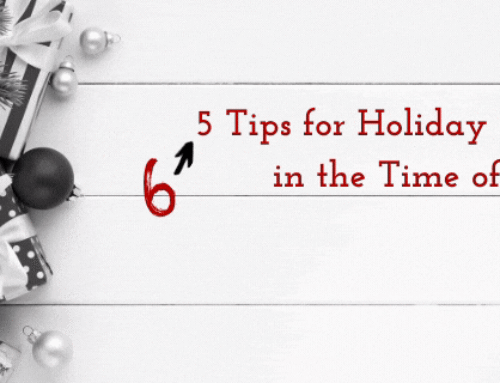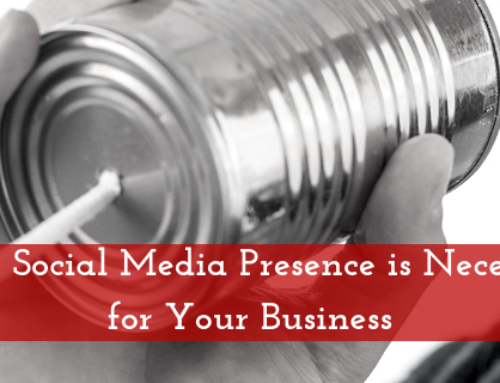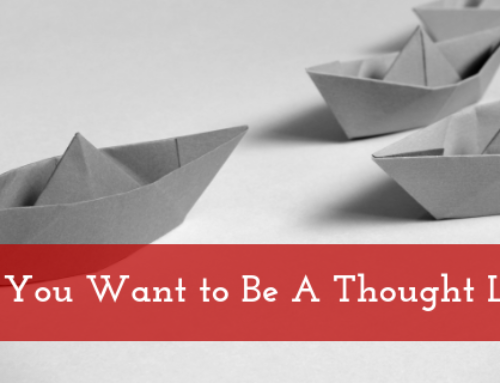Marketing in today’s media is a lot more of a balancing act than might be expected. Companies need both inbound and outbound marketing to successfully reach their potential clients. These two types of advertising are often in competition with each other, though, and to work properly and send a unified message, you need agreement between the push and the pull.
The Push (Outbound Marketing)
The first thing that comes to mind when you think of advertising is selling your product to the customer. How do you do that? Tell the world what you’ve got! Ads, broadcasting, and basically anytime you are telling people about your product comprise outbound marketing. You will reach a broader audience with this style of advertising, but you could annoy and turn away potential leads if your timing isn’t right.
The Pull (Inbound Marketing)
The mysterious method of selling that doesn’t even seem like selling is inbound marketing. When the customer comes to you – anytime they click on something that leads to you or more information about your product – you are inbound marketing. Although it sounds easier, is actually cheaper than outbound, and more of a sure thing than outbound marketing, there is a skilled technique involved called waiting. Patience is needed as you wait for your potential customer to convert. Sometimes that decision making process can take longer than you’d like. It’s the price you pay.
The Balance
Clearly, relying on just one method is not the most successful marketing. Finding the right balance between inbound and outbound marketing results in a beautiful customer/product relationship. The reason? After the customer hears your message through the outbound message, they take their time going through your inbound messages to convince themselves they are making the right choice. It’s a lot of behind the scenes work that almost makes it look like you aren’t even there at all. The customer is making her own decision.
What balance is right for you and your product? Figuring that out is not much different than what you are already doing. Ask yourself these questions:
- Who is your target audience? Knowing that will tell you where to go first in your marketing and how long to spend there. The younger demographic pays more attention to inbound, while the older demographic is drawn in by outbound messages.
- What is your budget? Because outbound communication is inherently more expensive than inbound, this answer alone may drive the balance of your messaging.
- Do you use full-funnel content? What this means is using outbound marketing to garner inbound leads. If you promote your blog, you could be attracting potential leads and customers to a fuller experience.
Although the general public may see marketers as cold, heartless machines who feel nothing as they peddle their wares, they may never know the truth. What you are doing is simply leading the customer to the product he is searching for. And when he has seen your message and done the research, you will be there to give him what he needs. Marketing done right.





